If you’re ready to buy prime lenses for your Sony Mirrorless camera, these should be on your list.
If you have never used prime lenses, and you’re wondering what the fuss is about, you owe it to yourself to take a closer look at what they can do. Prime lenses offer superior image quality and generally wider apertures than their zoom lens cousins. Their straightforward construction means there is less that can hinder their performance. Prime lenses have been revered by photographers for years. Their overall sharpness and their ability to isolate subjects make them firm favorites. If you own a Sony Mirrorless camera and are still using the kit zoom lens that came with it, you need to check out these prime lenses. They will rock your world.

The prime lenses we have selected would all make great first time buys for Sony Mirrorless camera users. They are razor-sharp, produce beautiful colors with little to no chromatic aberration, the lenses focus fast, build quality is excellent, and they have fast wide apertures. We have spoken in recent days about why we have such strong feelings for prime lenses. If you are used to using zooms, primes will force you to think more about your shots, and you will have to contemplate how to get the composition you want without being able to rely on the zoom. The fact is, prime lenses will make you a better photographer. Check the prime lenses below, and grab them for your camera.
Sony 35mm F1.8 FE
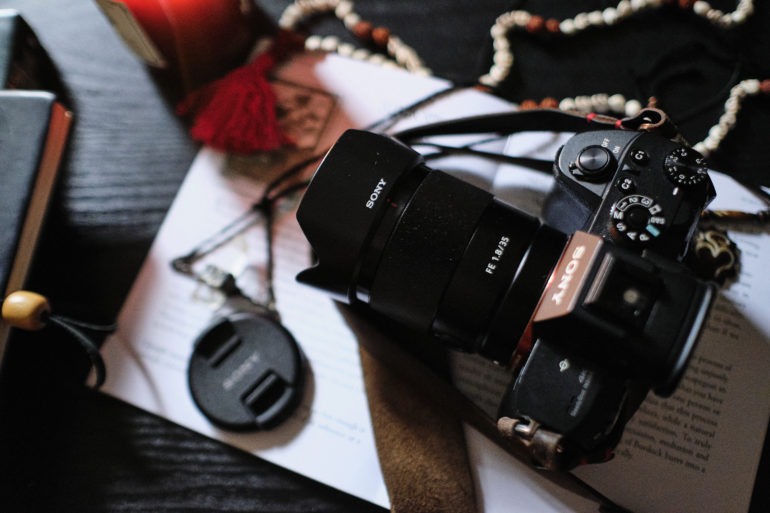
Here are the pros and cons from our full review:
Pros
- Small
- Cost-effective
- Weather sealing
- Sharp; very sharp
- Beautiful bokeh
- The best colors I’ve seen from a Sony lens
- Can focus very closely
- Fast aperture
- With AF-C on the Sony a7r III, it is fast enough for street photography
Cons
- Though this is minor, we wish Sony gave us a working distance and zone focus scale for street shooting
(Pre Order Now $748): Adorama
Rokinon 35mm F2.8 FE
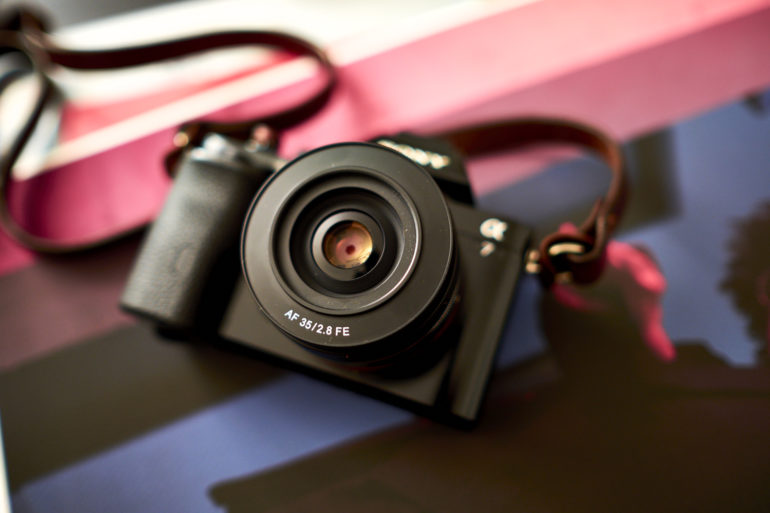
Here are the pros and cons from our full review:
Pros
- Sharp image quality
- Good bokeh
- Focuses pretty much as close as the Sony version. It isn’t as accurate in low lighting or as fast, though.
- Affordable
Cons
- Weather sealing would have been nice, but we understand why it isn’t there.
- Focus motors can be a bit loud at times with later cameras.
Buy now ($279): Adorama

Pro Tip: 50mm prime lenses are absolutely fantastic. These versatile lenses have the right focal length to cover a ton of genres ranging from event photography to portraits, and from general photo walking duties to travel photography. 50mm prime lenses are what I tell first-time buyers to get their hands on. They are affordable, fast, and will help you improve as a photographer. But, if you want your new lens to last, you need to make sure you keep it free from dirt, dust, and debris. Keep a simple lens cleaning kit with you at all times so you can clean as you go.
Sony 50mm F1.8
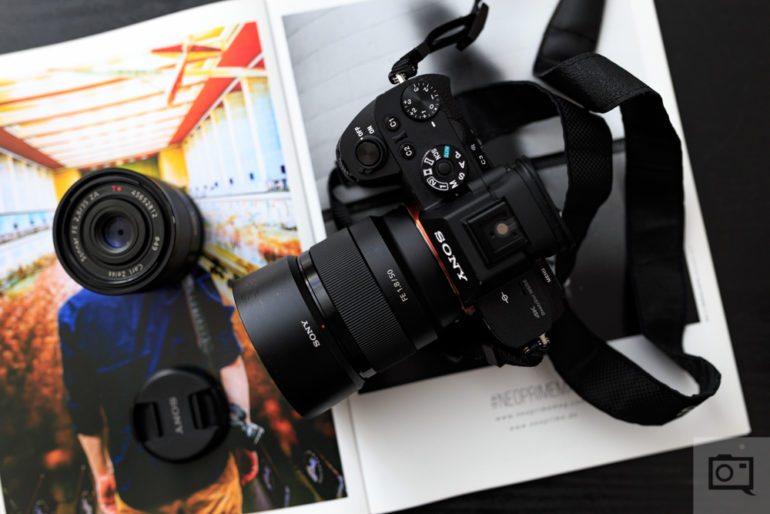
Here are the pros and cons from our full review:
Pros
- Pretty decent image quality
- Affordable
- Small
- Fast to focus in good lighting
Cons
- Autofocus in low light even with the a7r II is very slow.
- Autofocus is a bit louder than we’d personally like, though it’s still pretty quiet in real-life use.
Buy now ($248): Adorama
Rokinon 50mm F1.4 AF FE
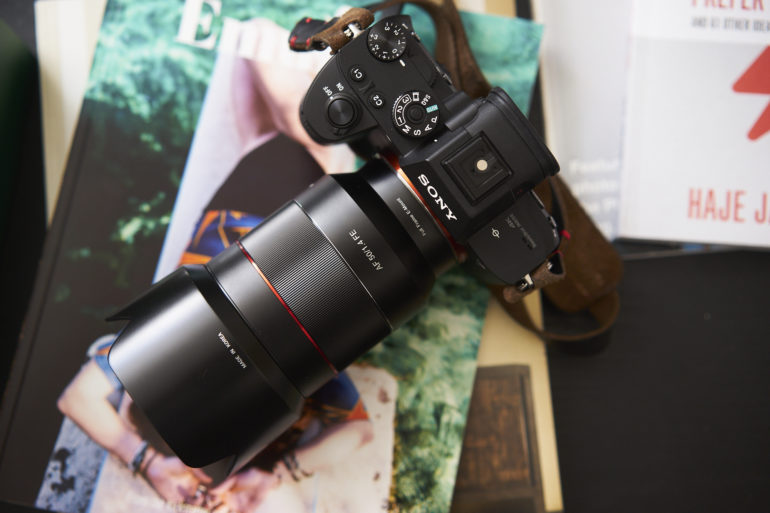
Here are the pros and cons from our full review:
Pros
- Contrasty images
- Sharp photos
- Beautiful bokeh
- Metal feeling build on the exterior
- Autofocus that works pretty darned well
Cons
- Autofocus isn’t as fast as Sony’s.
- Really wish it had weather sealing, but the price point isn’t really for that.
- Pretty big
(Buy now $499): Adorama

Pro Tip: 85mm prime lenses are about as perfect as you can get when it comes to portrait lenses. The 85mm focal length offers just enough compression to flatten and soften your subject’s features, while the lenses’ fast apertures provide excellent subject isolation and creamy bokeh. When shooting wide open with a lens like the Sony 85mm f1.8, make sure the eye that is closest to the camera is in focus. If you want more tips on how to shoot great portraits, you should check out this guide.
Sony 85mm F1.8 FE
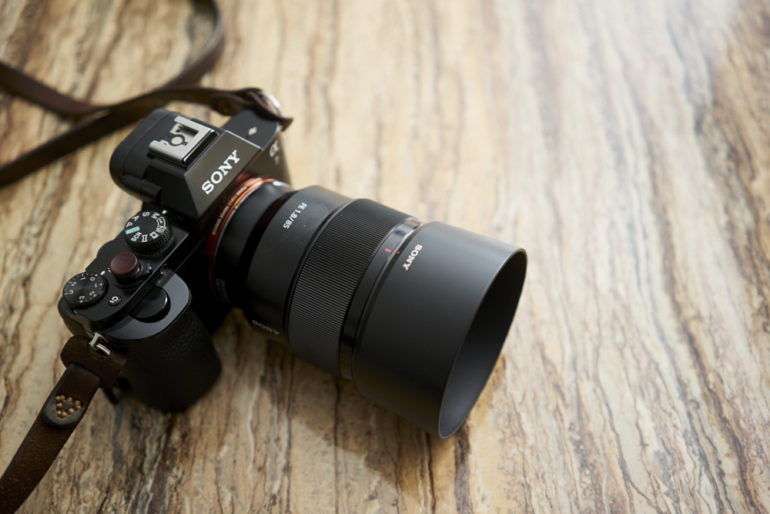
Here are the pros and cons from our full review:
Pros
- Great image quality
- Fast-focusing with the Sony a7r II, and in good lighting it will focus quickly with the Sony a7
- Nice feel; though not as great as the G Master 85mm f1.4 lens
- Weather resistance built-in
- Compact size
Cons
- Honestly, not a darn thing
Buy now ($598): Adorama
Sony 90mm F2.8 Macro G OSS
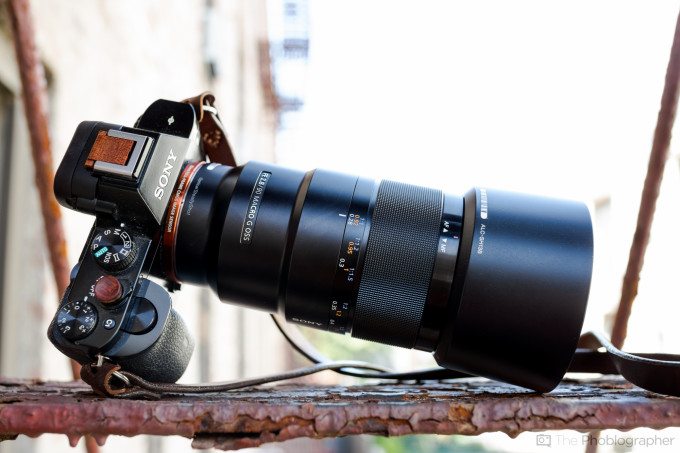
Here are the pros and cons from our full review:
Pros
- Great image quality in most situations
- Sharp performance, again in most situations
- Optical stabilization
- Fast-focusing performance
- Very silent stabilization
- Internal focusing design, and one that is pretty small for what it is. In fact, it’s about on par with a DSLR lens designed for the same purpose.
- Push/pull focusing ring
- Lightweight
- At last, a focusing scale that actually works!
Cons
- The colors just aren’t there compared to many of Sony’s other lenses. Perhaps this was done specifically for portraits, but you’re mostly going to rely on the capabilities of the Sony sensors–which are very good.
Buy now ($1,098): Adorama
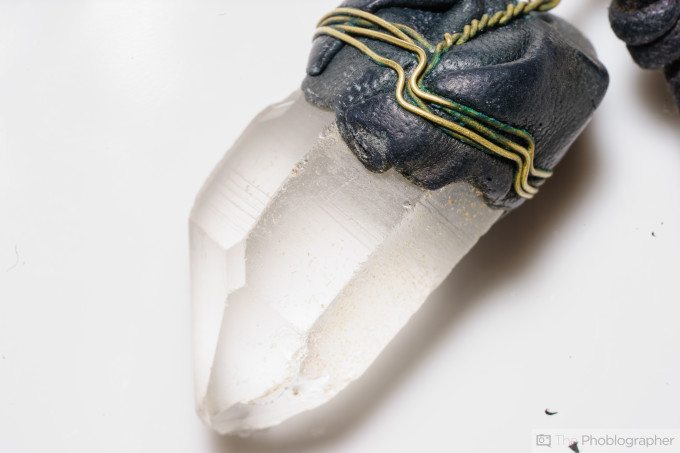
Pro Tip: If macro photography is your thing, you will be hard-pressed to find a better lens than the Sony 90mm f2.8 G OSS. This lens is one of the 10 best performing lenses on the market, according to DXOMark. To get razor-sharp macro photos with it you will need to use a sturdy tripod. A tripod for macro work is essential regardless of the lens you use, that’s just the nature of the beast. But the good news is you don’t have to spend a fortune to get a great tripod. This one is more than good enough for most photographers, and it won’t break the bank.
Sony 135mm F1.8 G Master
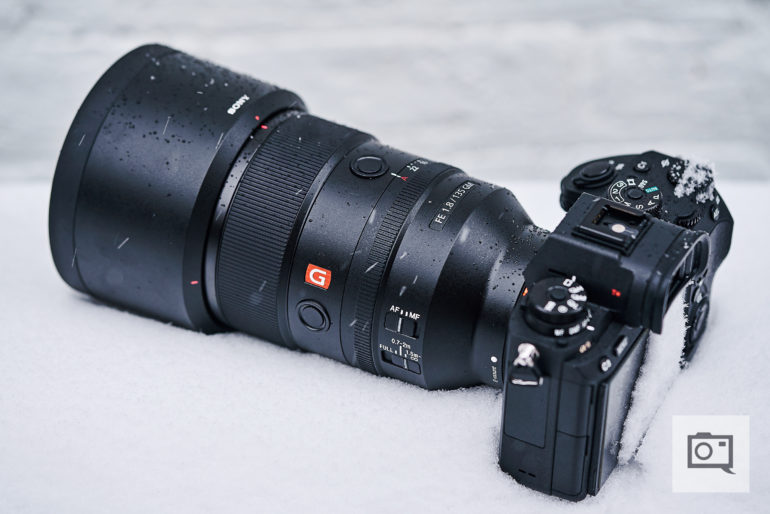
Here are the pros and cons from our full review:
Pros
- Excellent image quality
- Preferred focal length for portraiture
- Dust and moisture resistant
- Sturdy magnesium alloy construction
- Lighter than most 135mm lenses on the market
Cons
- Lacks stabilization
- Priced higher than Sigma’s 135mm f1.8 Art lens
Buy now ($1,898): Adorama


